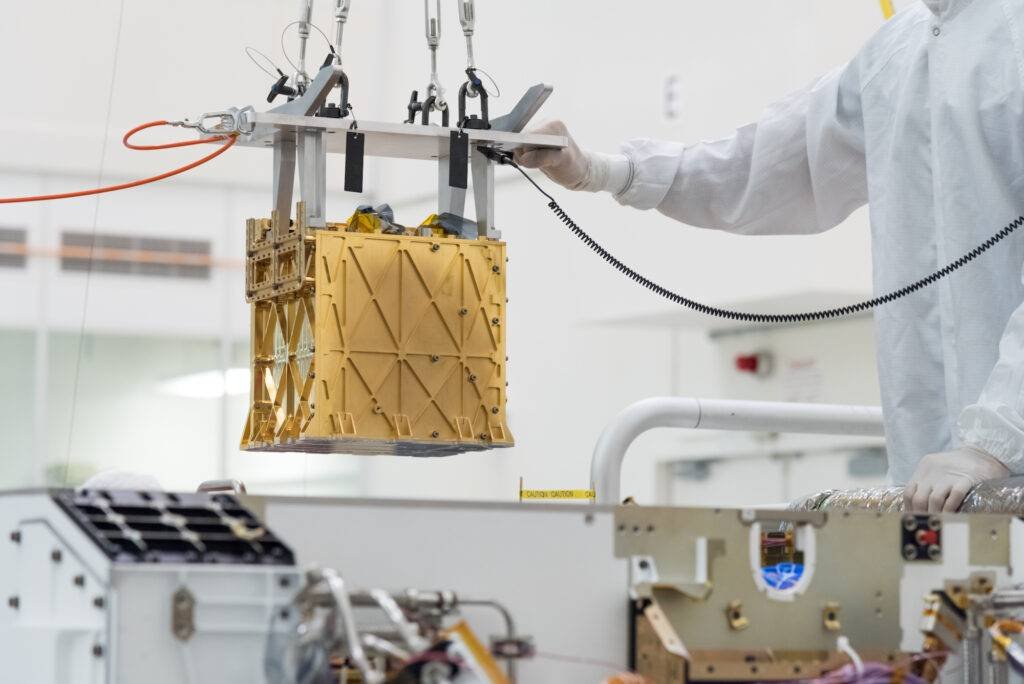NASA is swinging for the fences by announcing plans to have astronauts on the surface of Mars sometime in the 2030s. Two of the most substantial obstacles the space agency faces in this ambitious project are providing enough oxygen and fuel for the journey to go off without a hitch. NASA is currently drumming up a plan to produce oxygen on the red planet by utilizing the Perseverance rover that launched back in July, according to Slash Gear.
BACKGROUND: Is there Oxygen on Mars?
Human travel to Mars requires oxygen. It is impossible to bring enough oxygen on board, so the astronauts’ only option is to make it from scratch.
Perseverance has been equipped with a small toaster-sized device called MOXIE, the Mars Oxygen in Situ Resource Utilization Experiment, which will attempt to convert the Martian atmosphere’s carbon dioxide into oxygen.
Scientists at Washington University in St. Louis have proposed another idea that may also help in the development of oxygen. The new oxygen-creating method aims to circumvent the typical process of splitting one oxygen atom from each molecule of carbon dioxide by accessing salty water reservoirs assumed to be buried beneath Mars’ surface.


ANALYSIS: How Do You Get Get Oxygen on Mars?
Not only have scientists discovered evidence of an underground lake and several ponds of salty water around the southern ice cap, but researchers also suggest that the presence of brine could play a pivotal role in separating the saltwater into hydrogen and oxygen through a process known as electrolysis.
Vijay Ramani and his team from Washington University believe that they can access these water deposits to create a sustainable habitat for humans on Mars.
Michael Hecht, NASA’s principal investigator for MOXIE and associate director for research management at the Massachusetts Institute of Technology’s (MIT) Haystack Observatory, is not yet convinced that this is a possibility in the short term.
Hecht told CNN that “there hasn’t been any substantive evidence of bulk brine deposits, and while there are likely some in frozen form I absolutely don’t expect to find them as liquids,” adding that “what the authors [of the experimental technique] are overlooking is that while the melting point might be -70C, the frost-point on Mars is also around -70C, so if these liquid brines did exist they would eventually just evaporate (more accurately, sublimate) away.”
Hecht conceded that electrolysis could one day be essential for fuel production on Mars, but further work would have to be done. He explained that converting the air of Mars is much simpler, as accessing underground lakes require significant work.
“Extracting oxygen from the air is easy by comparison because it’s everywhere, you don’t have to go dig anything up, and that’s why we’re doing it first,” Hecht told CNN.
OUTLOOK: Mars, Tomorrow
Though possibilities are still being thrown around within the scientific community, scientists agree that astronauts will likely only be able to travel to the red planet if researchers discover a way to convert Mars’ resources into oxygen and rocket fuel reliably.

